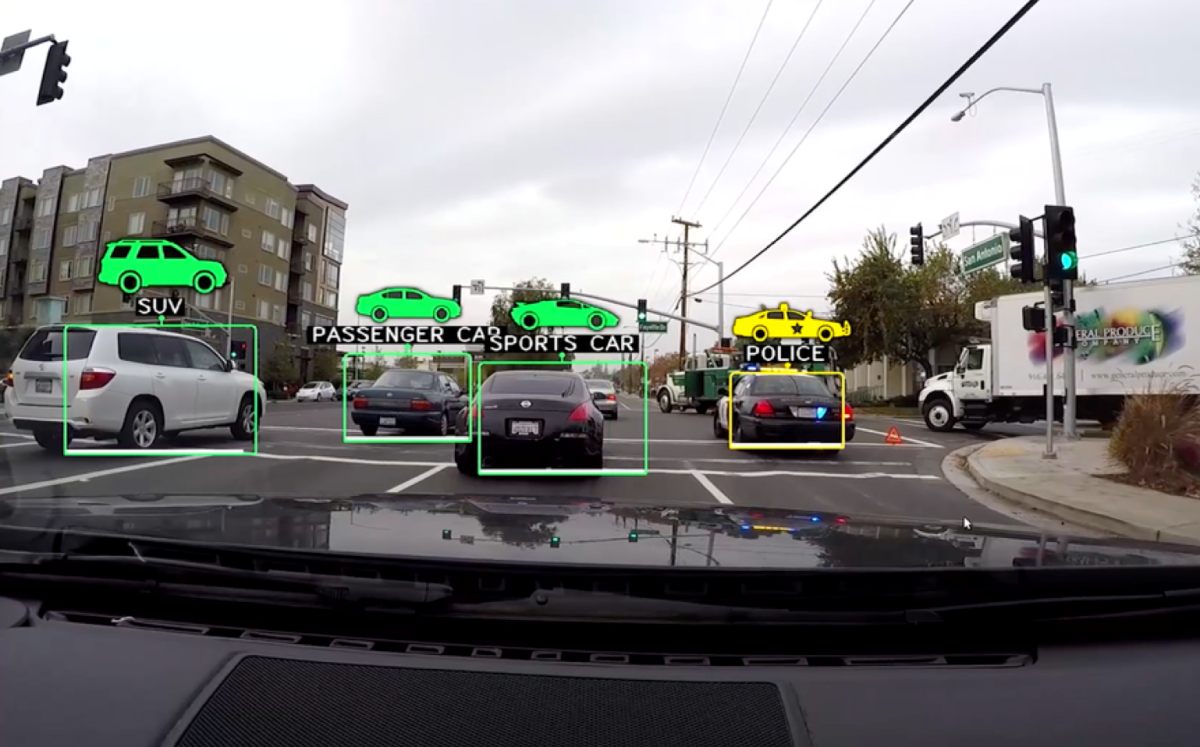Big Data Is Already A Thing Of The Past: Welcome To Big Data AI
Since a few years, big data has been a buzz word with almost everyone talking about the subject, while the word has not lost its relevance, it has got a new identity with AI. Artificial intelligence’s ability to amass, arrange, and find out the meaningful insights from the storehouse of big data within a few seconds is no lesser than a boon for the organizations worldwide.
The complexity of the big data, due to its structured and unstructured form, is easily resolved when assisted by AI. The data savvy “BIG DATA” and “Strong artificial intelligence” combination is the right formula for generating accurate insights. So, as we understand without artificial intelligence, big data will not find its right path as said by Daria Baryshnikova, a senior project manager in a German manufacturing company Knorr-Bremse –
“Data is not the problem. There are gigabytes of data. The challenge lies in identifying what’s interesting and you can’t do that without the customer.”
How does AI help Big Data
Big data as the name suggest is the enlarged information, to be analyzed further for gaining useful insights. AI has a crucial role to play in this process. It helps in deciphering the hidden pattern or information behind each of the data.
Let’s understand how AI assists big data:
Artificial intelligence (AI) helps in correlating the big data sourced from multiple references. When you have much information to refer to, then it becomes easier to provide accurate insights.
The convergence of AI and big data will empower each other, as stated by Kaila Coblin at Singularity University:
“A whole range of technologies are starting to reach the inflection point along the doubling curve where they go from disillusionment to chaos to amazement. When an exponential progression in artificial intelligence meets an exponential progression in big data, they start to progress even faster and build on each other.”
There are many AI technologies that are being used with big data, such as:
- Anomaly detection: This is one of the technologies where sensor network, fault detection, eco-system distribution system health is detected with the help of big data technologies.
- Pattern recognition: It is one of the techniques of machine learning used for identifying the patterns in specific data.
- Bayes theorem: This theorem is considered very useful, for analysis of big data. It provides information regarding the likelihood of the customer interest in a product or service by using the historical pattern.
Examples of companies using Big data + AI
The idea of an autonomous car always had a special place in the science fiction culture. Tesla, American energy and automotive company based in Palo Alto, California, made a policy of collecting the relevant data analytics from the car owners.
The data is, later on, send to the cloud for the analysis purpose.
Check the below details to see how Tesla uses big data and AI?
How Tesla uses big data:
- Planning and act: The vehicle machine learning algorithms predict the outcomes based on the high volume of data for the plan and act.
- Light detection: By using different sensors such as cameras and LIDAR, vehicle creates a short distance readout of the surrounding on a real-time basis.
- Mapping: The computer has highly detailed, maps of the street features, including signs, and streetlights.
- Communication between the vehicles: The best scenario in this technology is to involve an IoT, where all the autonomous vehicles communicate some or the other essential details with each other.
How artificial intelligence (AI) comes into play?
Tesla Company has been built on two key pillars which are autonomous driving and all-electric propulsion. The company’s autopilot feature has a driver assistance system which helps in directing the car.
The feature has an automatic lane change system. The car has a natural ability to drive itself, and there are even touchscreen visualizations for the driver. When the car initiates the lane change, the lane on which one is moving turns its color to blue on the touchscreen. Later on, when the car completely moves into the lane, the lane turns back to the white road with blue lane markings on both sides.
Along with that, the company’s machine learning technology effectively crowdsources the data from the vehicles as well as the drivers. It is done with the help of internal as well as the external sensors, which picks the information about the driver hand placement on instruments and how they operate. Machine learning, AI, and big data are shaping the modern experience w.r.t to any product or service in the market. These technologies are going to improve the efficiency and performance of businesses while giving a good experience to the customer.
Tesla’s company machine learning services
Tesla not only uses big data and AI for its automatic car, but also uses for analyzing customer satisfaction. They have a process of gathering the data from the online forum, which they use for improvising in their next production. Some other companies, like Alphabet and Nvidia, use artificial intelligence for building maps to test their vehicles.
The other example is of the American fast-food company McDonald, which has embraced the big data and AI technology in a unique way. The mobile app of the organization helps the customers in ordering and paying completely through mobile devices. Sometimes to make the experience a memorable one, they provide exclusive deals to their customers. In the process, they collect the relevant information of their customers, such as what was the services and food items which the customer ordered, how often it was ordered, when they ordered, etc. All this information helps in the targeted offers and promotions.
The main goal of AI is to streamline the process through:
- Machine learning
- Reasoning
- Automated scheduling
- Natural language processing
- General intelligence
- Computer vision
Conclusion:
Big data is never going to die; instead, it will be transformed to the next level for providing better technological services to the customers. With the integration of the latest technologies, big data is evolving to a better version of smart data.
Big data was used before to describe the 5 V’s such as veracity, variety, velocity, value, and volume. It has now paved the path for smart data where the volume is reduced smartly with the assistance of AI and machine learning.




























